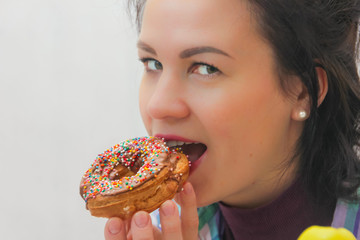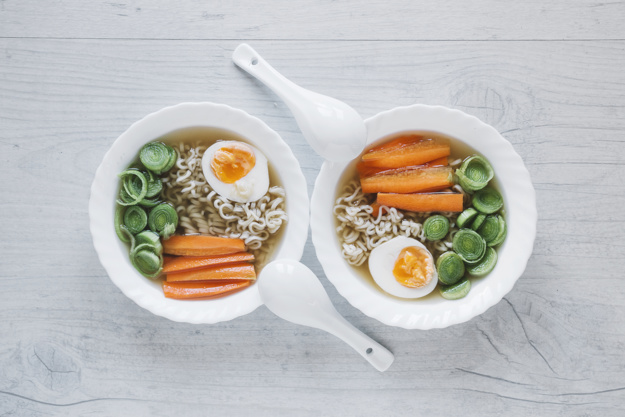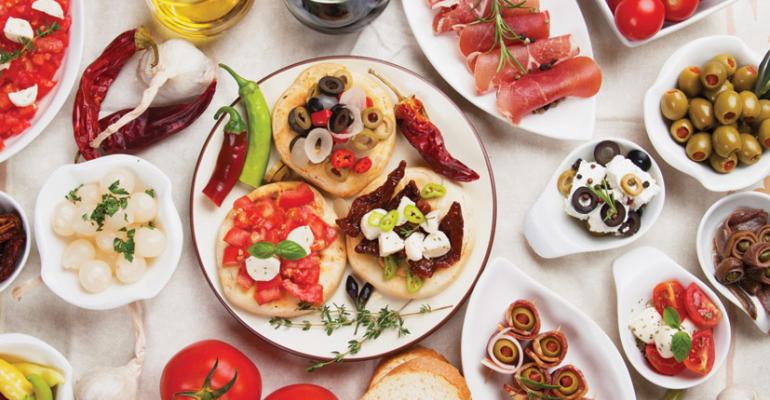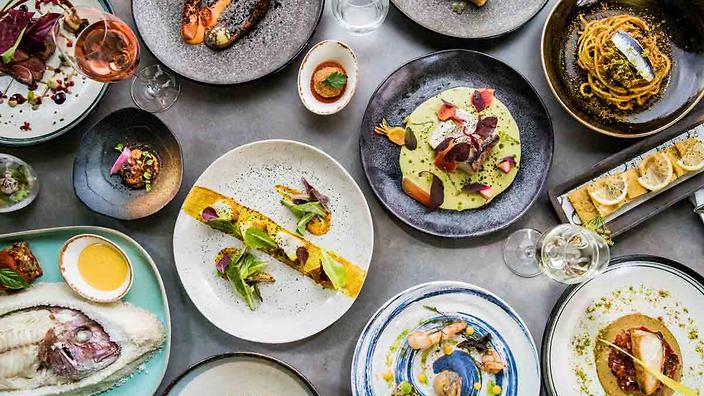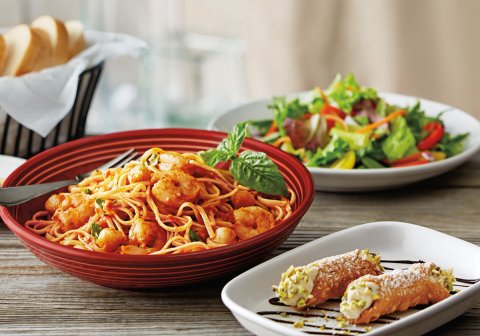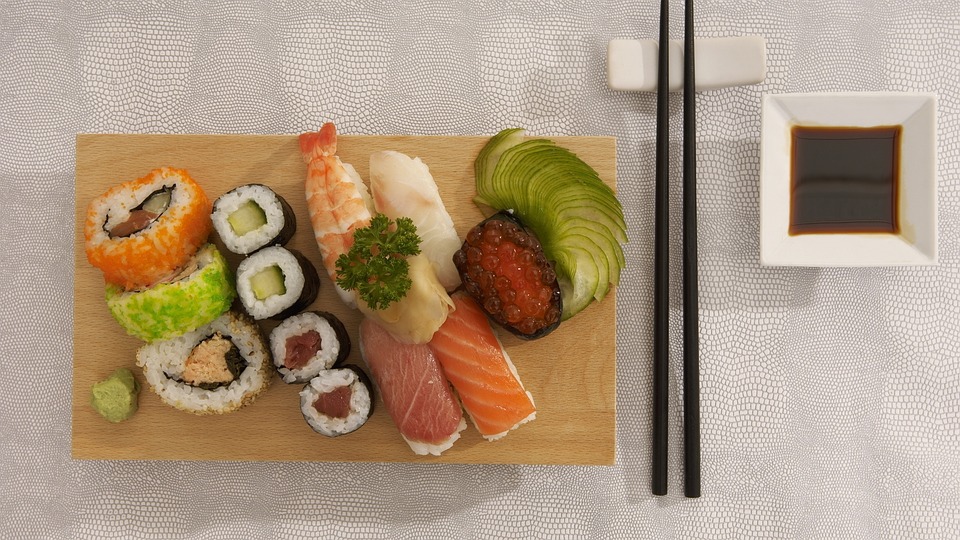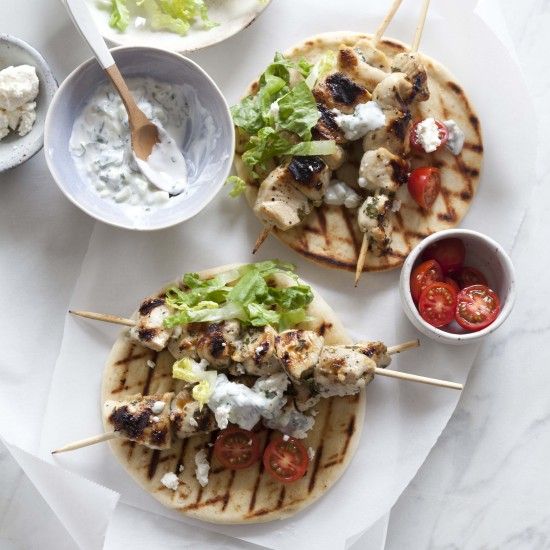Sweet cravings are usually very hard to explain. From pondering over spreadsheets, power points, nappies, or whatever else has caught your fancy, your mind suddenly wanders in the direction of cookies, cupcakes, chocolates. And, depending on where you are, your body suddenly wanders towards a bakery, a fridge or a secret stash in a secret drawer that nobody knows about. Because, you know, it’s a secret.
Could this sugar craving be symptomatic of something else? While sugar cravings could mean that you could have a blood sugar imbalance, and it’s a view that is commonly and correctly held, I’d like to examine other reasons why you suddenly feel the urge to reach out for that dessert more often than you did.
-
YOU COULD HAVE INTESTINAL PARASITES OR FUNGI
If your intestinal tract is looking like a free for-all Airbnb where yeast, bad bacteria and assorted fungi have come to stay, it could cause a spike in your sugar cravings. These unwelcome guests feed on sugar, and by virtue of that, boost cravings for both sugar and carbs. While this spike in intestinal bacteria is usually found in people with chronic illnesses or autoimmune conditions, it’s best to get it checked out
-
YOUR SUGAR HABIT COULD BE LEADING YOU TO CONSUME MORE SUGAR
Sugar consumption is a vicious cycle. When you consume too much sugar, it tricks your brain into producing dopamine, which is known as the `pleasure neurotransmitter’ or the `feel-good’ hormone. When the dopamine levels start to crash, we feel down an out. To regain that warm, fuzzy feeling, we regain our enthusiasm for sweet, unhealthy foods. And, with it, gain weight.
-
YOU MAY BE CONSUMING ARTIFICIAL SWEETENERS
This is typical of short-term benefits at the cost of long-term strategising. Artificial sweeteners, some studies suggest, could be linked with an increased craving for sugar, leaving you worse off than when you started. And artificial sweeteners are everywhere: from colas to chewing gum and are available in handy sachet and tablet form, among others.
So now that we have defined the conditions under which excess sugar is consumed, what can we do about it?
The key, of course, is ensuring your blood sugar levels are stable. And you can do this by:
a) Upping your protein intake: Protein is brilliant for managing sugar cravings. Ensure that you get enough. The recommended dosage is 0.8-one gram per kilo of actual body weight. So if you weigh in at 68 kilos, you need about 55-68 grams of protein a day.
b) Have a healthy breakfast, especially, one that is rich in lean protein like egg whites.
c) Eating every two hours: Long gaps between meals make you crave for more food and dropping your sugar levels. Break up your overall food intake into smaller meals.
d) Junk processed foods and sugars and artificial sweeteners: Processed foods spike your sugar levels and then bring them crashing down, leading you to reach for the sugary stuff.
e) Drink water: Water really helps staving off those cravings. You’d be surprised at how brilliantly this simple trick works.

